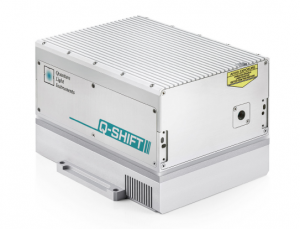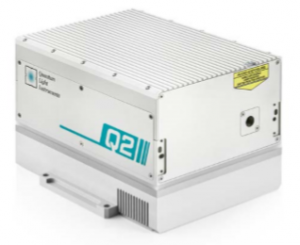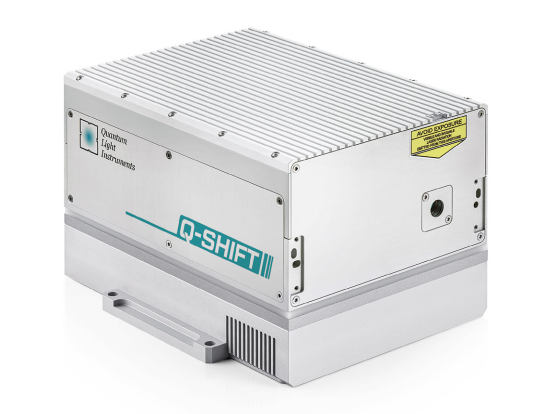Additional Resources
Whitepapers:
Blogs:
Videos:
Lasers that designate 240mW (0.24W) of average output power can have either CW (continuous-wave) or pulsed output. CW Lasers are always defined in average output power. Pulsed Lasers with an output power defined in Watts or Milliwatts usually define the laser’s average power, not the peak power of the laser.
RPMC Lasers provides a couple pulsed DPSS laser configuration options rated for 240mW of average output power, perfect various applications like photodynamic therapy (PDT) and applications requiring ablation in water.
If you can not find exactly what your are looking for, please contact RPMC to see about configuration and customization options for our standard configurations. We can even provide a fully customized solution, specifically tailored to your unique requirements.
| Picture | Part Number | Type | Wavelength (nm) | Output power (W) | Pulse energy (uJ) | Pulse width | Rep rate | Q-switch type |
|---|---|---|---|---|---|---|---|---|

|
Quantas-Q-SHIFT-650 | Pulsed DPSS Lasers | 650 | 0.150, 0.240, 0.300 | 500.0, 1000.0, 2000.0, 3000.0, 4000.0, 5000.0 | 2ns - 5ns | 10Hz, 20Hz, 33Hz, 50Hz, 100Hz | Active |

|
Quantas-Q-SHIFT-658.5 | Pulsed DPSS Lasers | 658.5 | 0.150, 0.240, 0.300 | 500.0, 1000.0, 2000.0, 3000.0, 4000.0, 5000.0 | 2ns - 5ns | 10Hz, 20Hz, 33Hz, 50Hz, 100Hz | Active |

|
Quantas-Q2-351 | Pulsed DPSS Lasers | 351 | 0.030, 0.060, 0.120, 0.200, 0.240 | 3000.0, 6000.0, 12000.0, 20000.0, 24000.0 | 5ns, 6ns, 7ns, 8ns | 10Hz, 20Hz, 33.3Hz, 50Hz | Active |

The Q2 series is a diode-pumped, air-cooled, Q-switched laser emitting at 1064 or 1053nm, designed for a wide range of applications that require high peak power pulses. The water-free end-pumping technology produces high peak powers and low divergence, enabling efficient harmonics conversion through the 5th harmonic (213 or 211nm). This versatile platform can be configured in many ways, including up to 80mJ pulse energy at 10 Hz pulse repetition rate or up to 20mJ at 100 Hz. In the short cavity configuration, pulse duration can be reduced by 50% compared to the standard configuration.